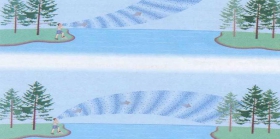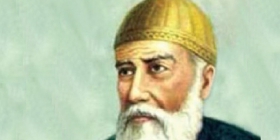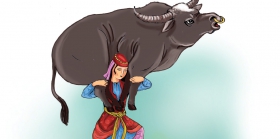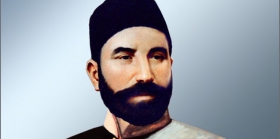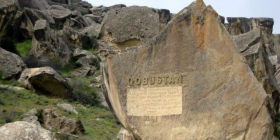Balaban is one of Azerbaijan’s wind instruments. The name of this instrument is stemming from the words “bala” (little) and “ban” (cock’s sound) and corresponds to the meaning of “little, early cock sound”.
The main part of balaban - its body - is made of apricot, walnut, mulberry or pear tree. It is 28 to 30 cm long. Eight apertures are made on the upper face of the instrument. A mouthpiece made of reed is put on the head of the body. The instrument’s sound pitch is regulated by a clamp on the mouthpiece.
In order to perform, a musician deeply breathes in and blows the air out into the mouthpiece. Thus, the balaban produces a sound. Therefore, the mouthpiece is called also a “sound stimulant”. In fact, a mouthpiece may produce a sound without balaban’s body. But this would not be a melody yet. In order to play a melody, a musician closes and opens apertures on balaban using his fingertips. Thus, a sound coming out of the mouthpiece creates a melody – the harmony of musical sounds, passing through different obstacles.
Mostly, ashyg songs are performed on balaban.


